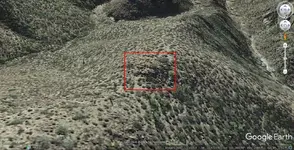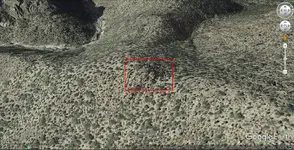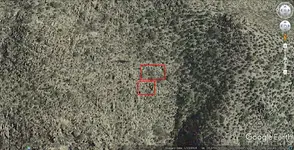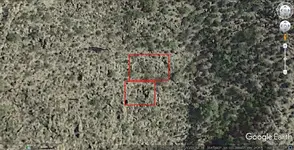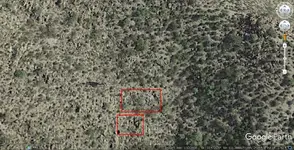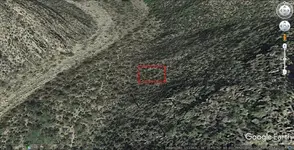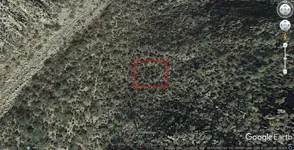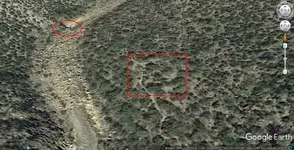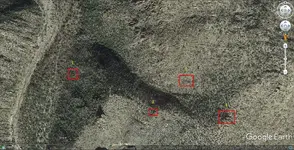- Joined
- Nov 9, 2018
- Messages
- 328
- Reaction score
- 736
- Golden Thread
- 0
- Location
- Kingman, AZ
- Detector(s) used
- Fisher Gold Bug Pro
- Primary Interest:
- Prospecting
- #21
Thread Owner
Excuse my bumping up this thread, but as I wrote when I started it, I'll be adding to it as I find objects of interest in, or very near, Boulder Canyon. As far as the ravine site is concerned, the most significant objects at that site are not the possible stacked-stone structures. The object of prime importance, in my opinion, is the circle of stones. The circle is now incomplete, because some perimeter stones have been removed, but its circular shape is still evident. Most importantly, it looks like the central, pinnacle stone is still there, but has been toppled from its original, upright position, either by human intervention, or from natural causes, i.e. earthquake. Some stabilizing stones, originally at the pinnacle stone's base, are still there. If this was intended as a monument/marker, it took a good amount of effort to put it there, thus indicating that it marked something of great importance. At this time, I suspect that some perimeter stones were removed to be used elsewhere, or they were removed to allow the central, pinnacle stone to lay low on the ground, making the monument less prominent on the ridge above the ravine; this assumption favors human intervention, rather than natural causes.
